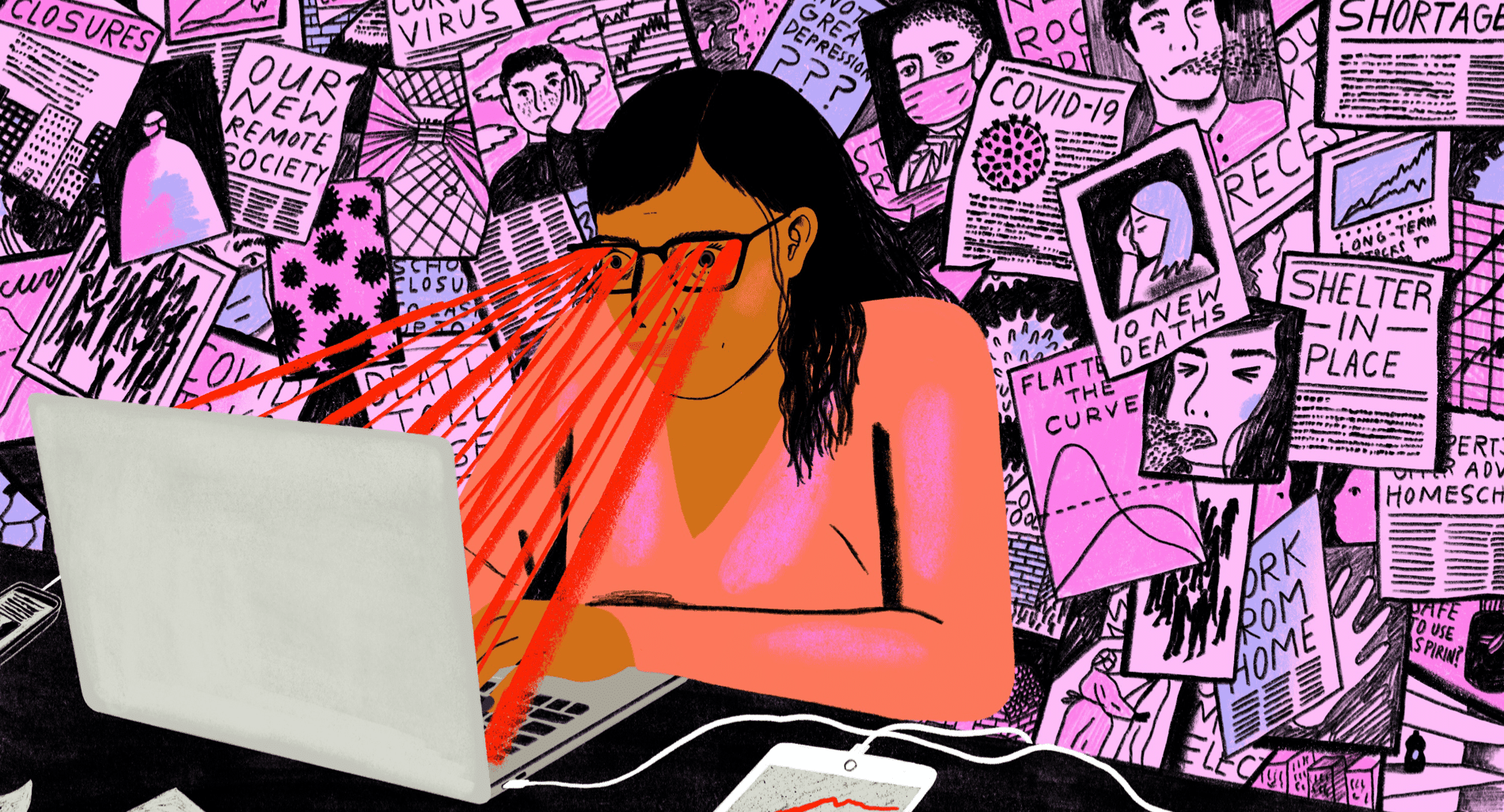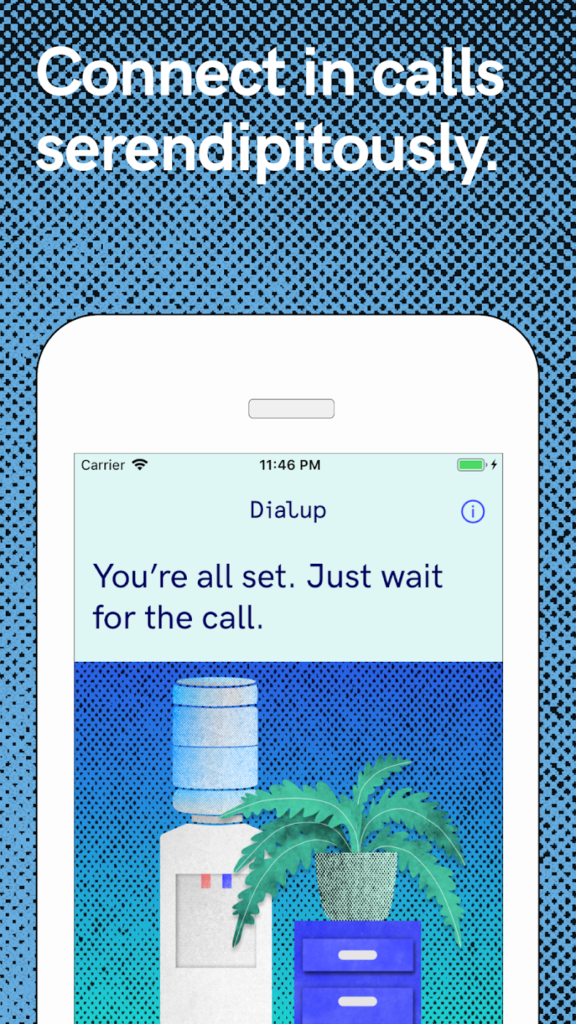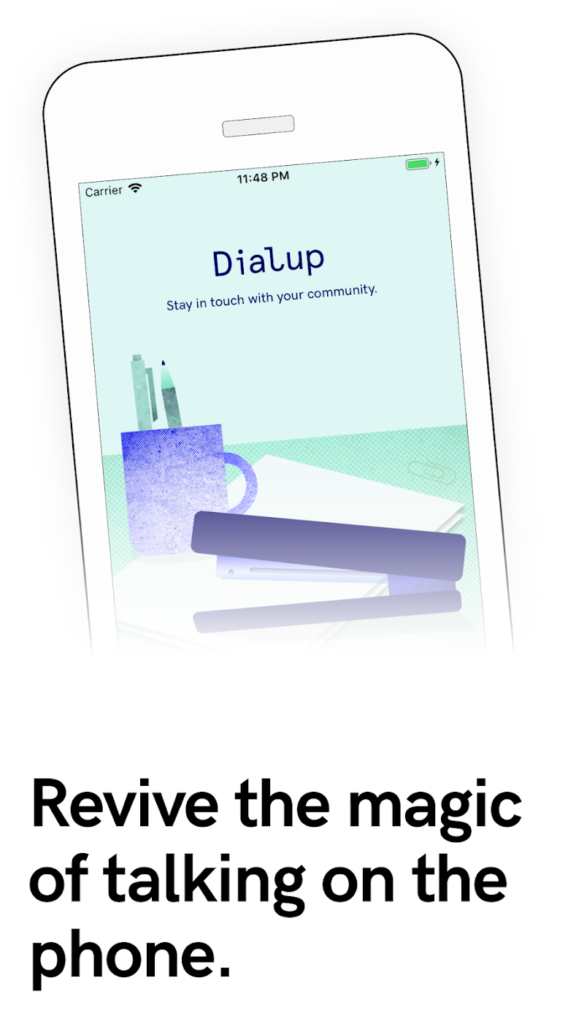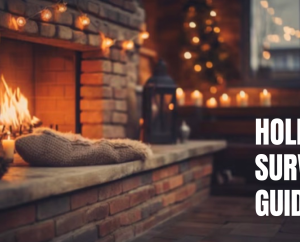There is no doubt that Covid-19 has affected society in a way we could never predict only a few years back. The short-term consequences of Covid-19 are already noticeable, and they have impacted every aspect of our lives; from the way we carry out our daily chores to the way we work, socialise, and move around the world.
Many scientists are convinced that the effects of the pandemic are going to become more permanent, since pandemics are predicted to become more and more frequent. Scientists, in fact, agree that deforestation and human intrusion on wildlife habitats are helping diseases spread from animals into humans more consistently. According to Prof Kate Jones from University College London, evidence “suggests that human-transformed ecosystems with lower biodiversity, such as agricultural or plantation landscapes, are often associated with increased human risk of many infections”. Besides, it’s even more disturbing to think that in 2014 Microsoft founder and philanthropist Bill Gates gave a TED talk and basically predicted the current pandemic.

So, if our day-to-day life will never be the same, it’s definitely time to start designing for a “new normal”. We reflected on the changes coming with and after the pandemic, together with four international designers who also spoke at the previous editions of Design Matters and helped us choose the themes of Design Matters 21; Andrew Schmidt, Lead Content Designer at Slack, Timo Dries, CEO of award-winning media company Fox & Sheep, Mitsuko Sato, Visual Design Lead at SPACE10, and Vitaly Friedman, Co-Founder of Smashing Magazine, Creative Lead and UX/UI Consultant.
How has the pandemic changed and affected design, in your opinion?
Andrew: Before we all spent a year (and counting) without any IRL interaction to speak of, it was OK for digital products to be all about immediacy. You could contact someone immediately. Jump on a video call immediately. Ping a colleague and expect a response immediately.
But after a year, all that immediacy starts to feel, frankly, overwhelming. Now we’re seeing a rise in communication tools that replicate the rules and boundaries of IRL communities — voice chat apps that let you walk away from a conversation, strict invite-only spaces, and even services that recreate the experience of meeting a stranger on the street. Immediacy is over; distance, friction, and personal space are in.
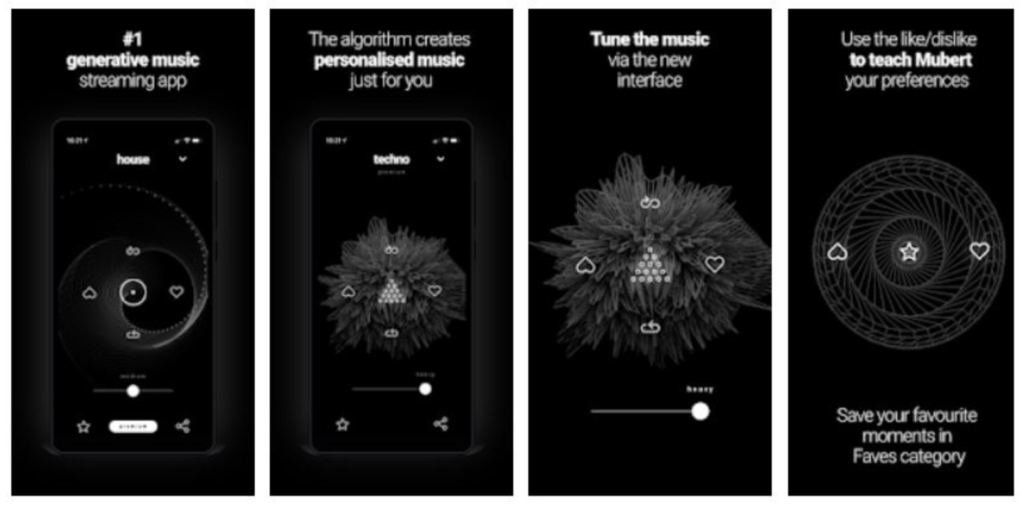
Timo: While we witnessed the rise of collaboration tools and online meeting services, there was also an interesting development in single user experiences. People tried to reconnect with nature, for example; they went for walks in the park or in the woods, and most of them did it on their own. I find it compelling that people now walk, enjoy a breath of fresh air, and exult when they spot a squirrel, while listening to AI-generated meditation music or using apps that allow them to listen to the boiled down essence of a book they never managed to read. Besides this, we also saw a lot of happy, weird, and cheerful designs. My guess is that, after such a depressing time, this trend will stick for quite some time with us!
Mitsuko: All of the sudden it became very clear that our relationship to the digital world was going through a critical transformation. Being ‘connected’ now meant something else, and was surfacing a variety of very real needs across the globe. The design world can only benefit from these new critical lenses. Now that we are even more aware that these digital tools/apps/platforms we are building play trivial roles in people’s interaction with themselves, their community and the world at large, we can truly challenge them, their purpose, and their impact. Not only that but designing with a global perspective also became even more prominent. What happens in one part of the world clearly can affect another on various levels. That doesn’t mean we should stray from local action and solutions, but definitely is worth considering other perspectives and implications. And last but not least this Pandemic has shown us the power of collaboration.
Vitaly: In many ways the pandemic has sharpened the focus of design. With so many difficult issues and unprecedented situations, design seems to have acted as a catalyser of inclusive experiences. It has brought up new challenges and solutions around remote communication and collaboration; it has also pushed for more inclusive and performant experiences, since many people are working from home, often times in suboptimal conditions. Personally, I see 2020 as a global reset time with important long-lasting consequences on design on a large scale. This even goes as far as local communities; how they are organised, how they interact, and where people live. The extraorbitant growth of Zoom — which was all about accessibility early on — was interesting to see, even though some security issues were raised. Speaking of security, we’ve noticed that now more people pay attention to privacy and personal security, which is something that needs to be reflected in design as well.
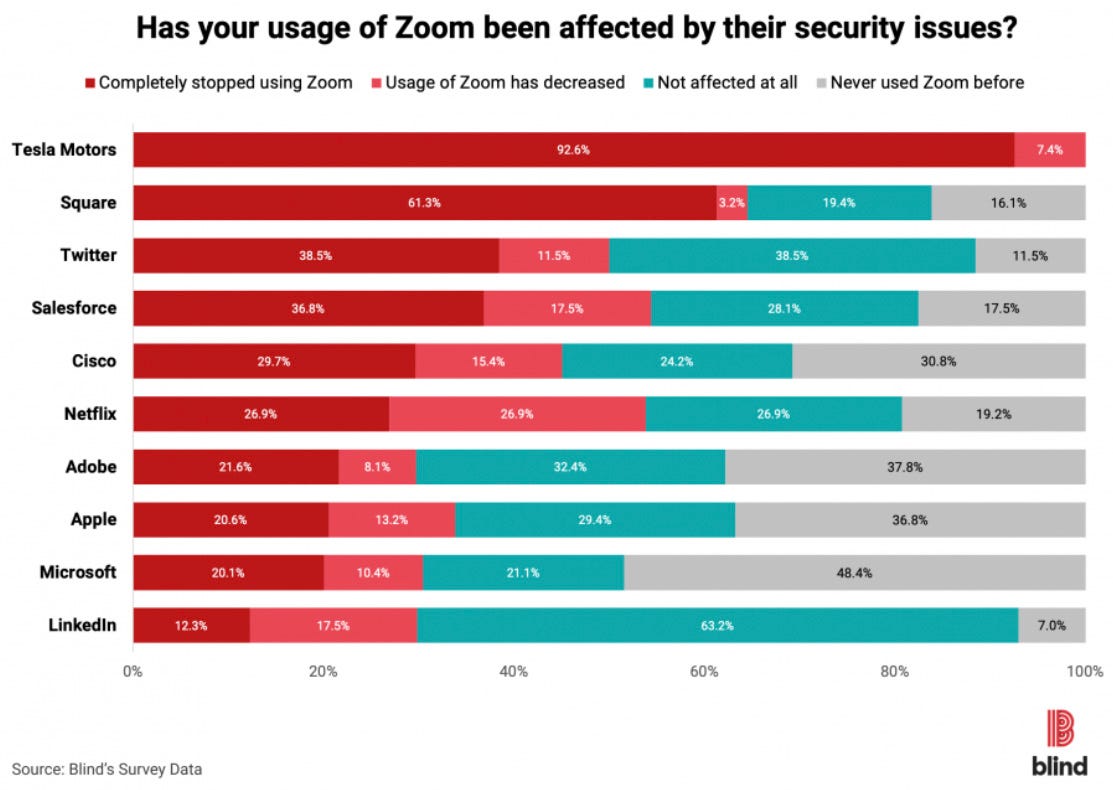
What products, services, or designs do you think will stick around after the pandemic?
Andrew: We’re clearly never going back to the way things were, but we’re not staying here, either. Some products might be too anchored in a remote-only world, and I’d guess they’ll fall by the wayside. The products to watch, I think, are the ones that meld online and offline together — and make people comfortable regardless of whether they’re dialing in or not. That’s a tricky thing to do. It’s much easier to solve for one or the other. But the world is going to be this awkward mishmash of IRL and remote, and we should be doing our best to reduce the awkwardness.
Timo: With the pandemic, a lot of designers and companies realised how easy remote work can be, and I am sure that those companies will never go back to a 9 to 17 office setup again. But, even though there are already a lot of services that make remote work more interactive, collaborative and comfortable, we will need more new and fresh ideas to drive this shift even further – especially when it comes to data security etc.
Mitsuko: Any type of online collaboration tools and services. This pandemic cemented the notion that we all work differently and have different day to days and responsibilities, therefore any tool that can help you do your best in whichever way that is, is great in my book. I also find super interesting accessible/affordable products and services in the sector of providing/obtaining physical and mental health support remotely. It’s not just about being/staying productive, but also simply ‘being’ first and foremost. Lastly everything and anything that made our days even more physically possible, may it be ordering stuff online or providing room to stay. The reality is that many of us have different needs, and now that the world has been flipped on its head it is great to gain a new viewpoint and question the norms and who it is benefitting from it.
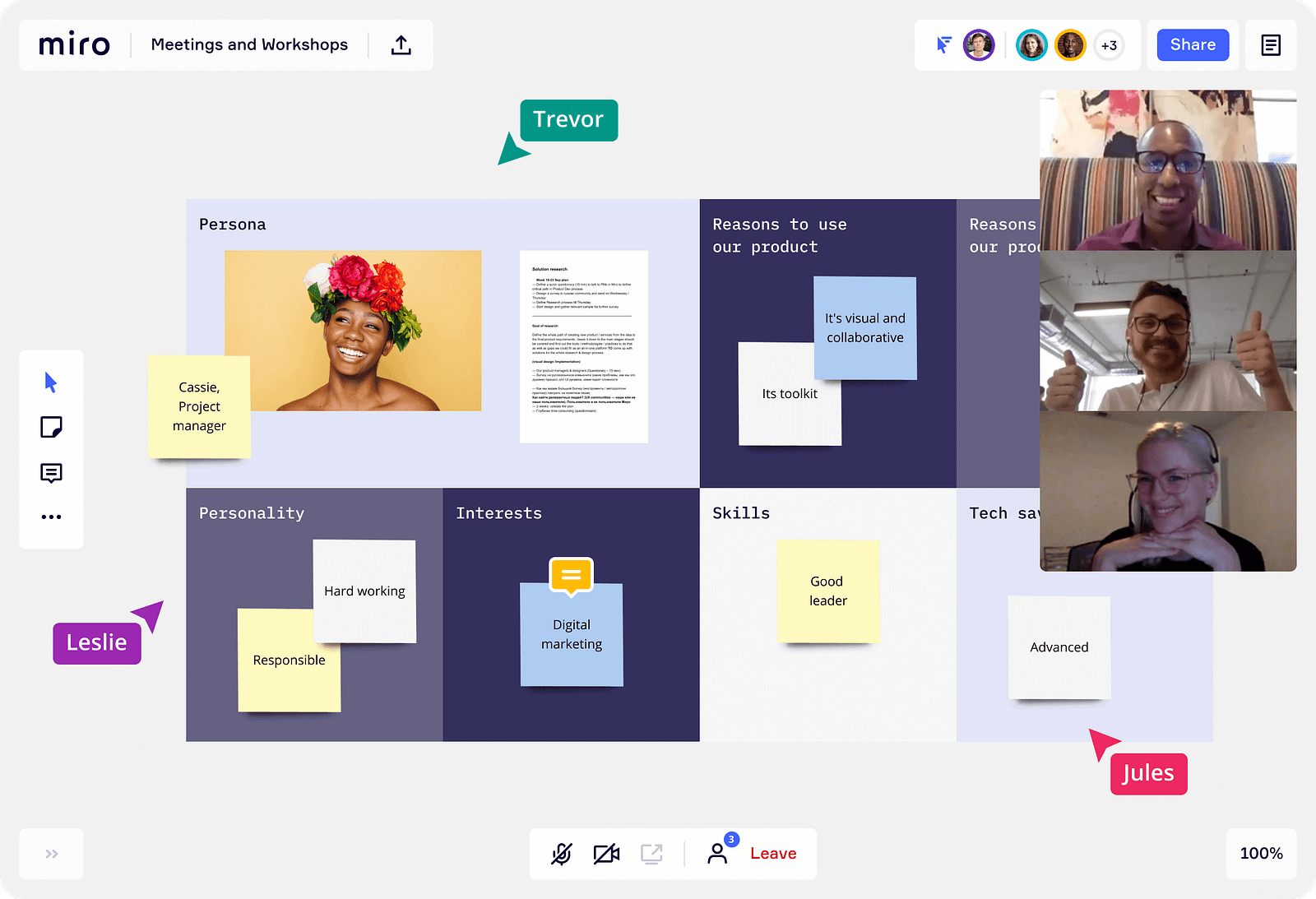
Vitaly: Many new collaborative space solutions like Miro or Mural will definitely stay for a long time. And so will applications for more productive work, such as Noizli. A lot of virtual exercise applications — like gym/yoga apps — will probably not disappear any time soon either. There are plenty of comfortable tools for remote work, but even beyond that, I think that the “new normal” will be very different from the “old” normal. We will just continue to work the way we are now. I wonder what will happen to clubs, theatres and any service that rely on large gatherings of people, though; I don’t expect them to come back by 2022 at all.
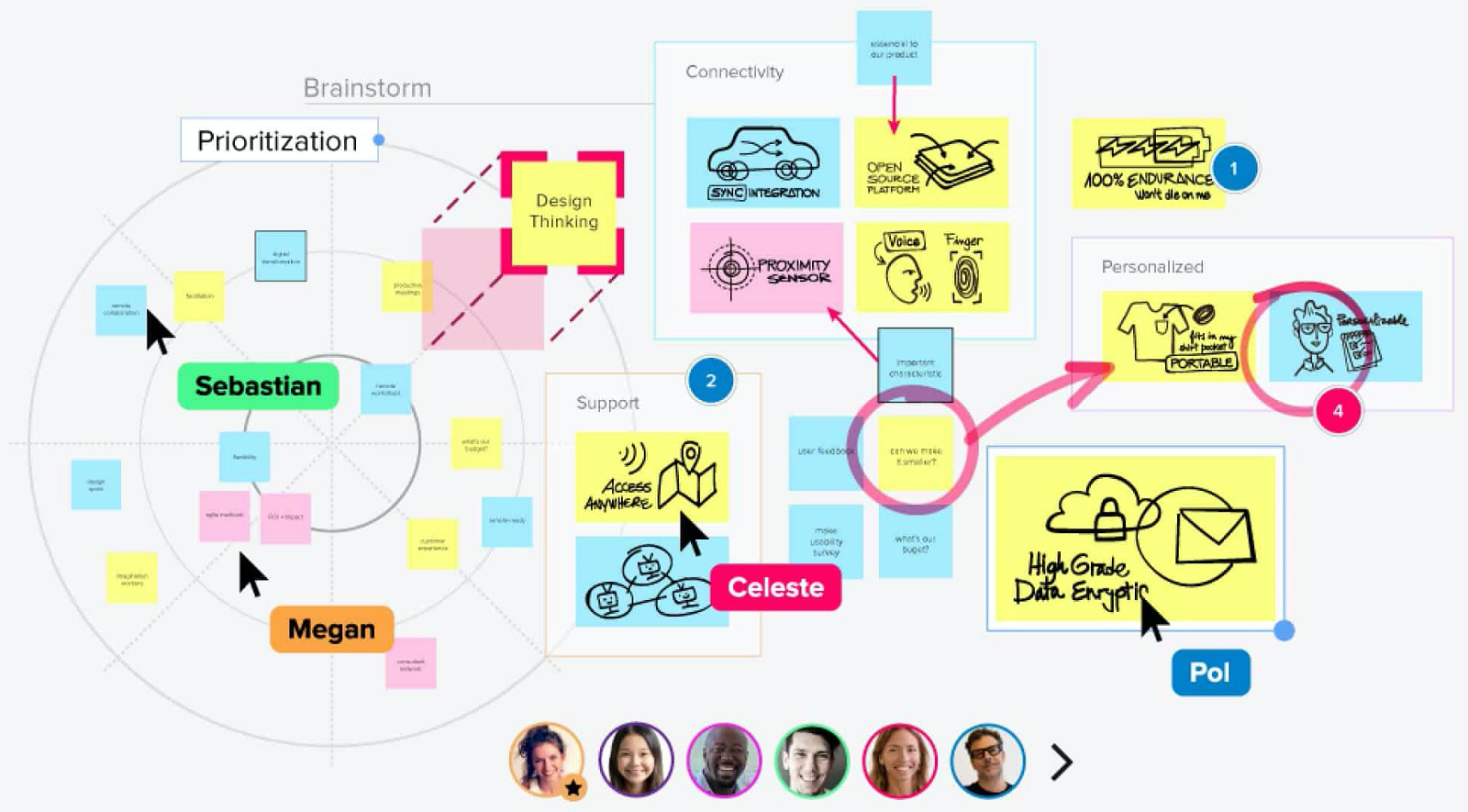
Can you name some of your favourite products, services, apps, or other types of designs born during the pandemic?
Andrew: The most impressive “products” last year were the conferences that found a way, somehow, by stitching together services and custom websites and a solid video player, to turn an experience that’s 99% about being there into something that could be online. No tech company was able to pivot as fast as conferences did. Hats off to y’all.
What else was good? There’s this app called Mmhmm (and a whole slew of apps like it) that’s an accessory to video chat, built to help you present both yourself and your work in a video-first world. That’s neat. And although it wasn’t built last year, the app Dialup — took on a whole new importance because of the pandemic. It’s a way to talk to a random stranger, about a topic you’re both interested in. Last year that turned out to be invaluable. Oh! Of course: Animal Crossing. My God. What would we have done without Animal Crossing?
Timo: For me there isn’t a specific single product. When I look at all the good that came out of this pandemic, the most relevant thing is that it gave a big boost to the digital transformation in schools. I hope the pandemic opened the eyes of many anti-tech hardliners. The matter is not only about using technical devices in schools; it’s about developing a new way of thinking, of approaching problems and collaborating, through technology. There are skills, which we can develop through technology, that we didn’t learn in school but are necessary for today’s kids to become great artists, designers, musicians or politicians of the future.
Mitsuko: Personally, I was trying to reduce screen time as much as possible outside of work, therefore audio products and services really played a bigger role in my daily routines. Listening to audiobooks and articles (Audible, and the Economist), using meditation apps (Headspace), listening and enjoying new suggested music (Spotify), etc. And through that, I also found myself interacting more with my smart speakers (Google Home).
Vitaly: To me, it’s podcasts! I’ve started listening to so many more podcasts and attend so many masterclasses/workshops online compared to before. And it’s been a fantastic experience.
Watch Andrew’s talk “Designing like a writer: how language can elevate your work” and Timo’s talk “SHINE and what to consider when attacking a T-Rex w. a torchlight” (Design Matters 19). To watch Mitsuko and Vitaly’s talks and all the talks of Design Matters 20 register here.

